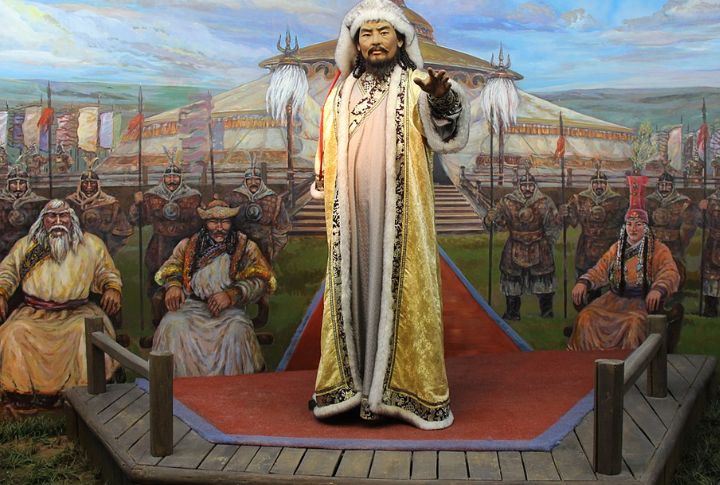
Conquering your neighbor’s territory is a bold ambition. But conquering half the known world is something else entirely. These empires didn’t just expand their borders—they redrew maps entirely and forced millions to live under one flag with foreign laws. Their landmass totals sound almost fictional today. Here are the heavyweight champions of territorial expansion.
British Empire

The British Empire was so immense that daylight always touched some part of it. At its height, it controlled territories spanning continents and oceans. Although most of the empire has dissolved, fourteen territories remain under British control, a reminder of its historic reach.
Abbasid Caliphate

The Abbasid Caliphate ruled large parts of the Middle East and North Africa from the 700s to the 1200s. Its capital, Baghdad, also became a center of learning. Scholars worked in the “House of Wisdom,” a special institution where they translated ancient writings and made discoveries in mathematics and science.
Qing Dynasty (China)
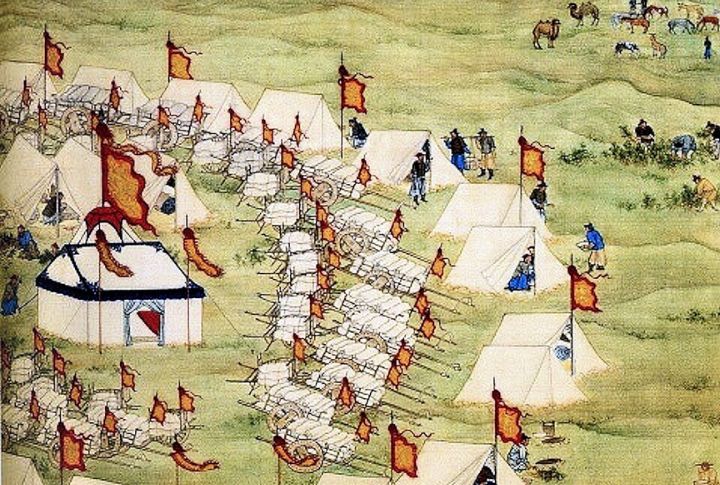
Ranking among history’s largest empires, this dynasty ruled China from 1644 to 1912 and controlled the largest territory of any Chinese dynasty. Its rulers followed Manchu traditions and held important ceremonies within the Forbidden City, a vast palace complex in Beijing where the emperor and his family resided.
French Empire (1938)
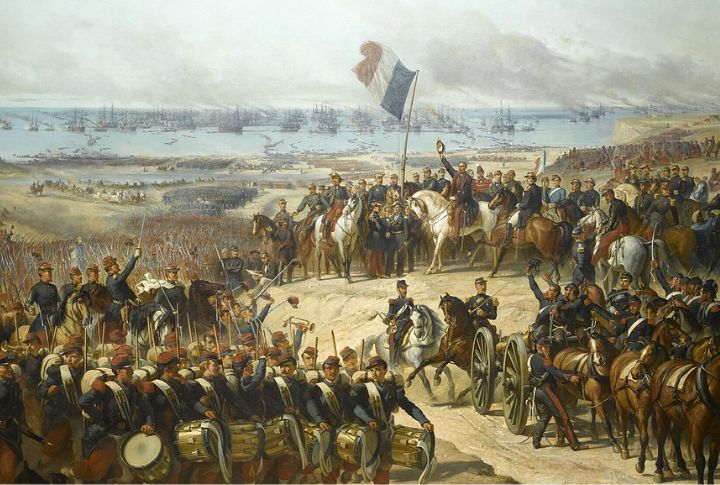
By the late 1930s, the French Empire was second only to the British in size and spread across four continents. Many places under French rule used their own language in government and schools, thereby strengthening France’s influence. And this wide reach also shaped global politics and trade in ways still seen today.
Portuguese Empire
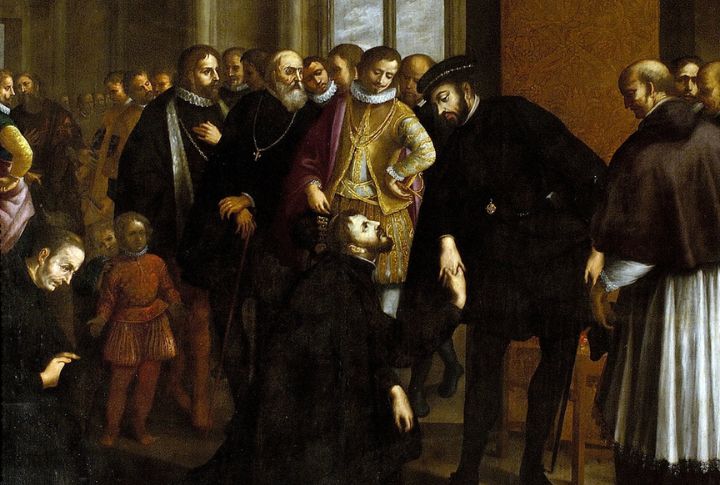
When Portugal began building its maritime empire in the 15th century, nobody imagined it would reshape the world’s cuisine. Portuguese traders introduced chili peppers to Asia, making dishes spicier. Very few empires have endured as long as Portugal’s, which has existed for approximately 600 years.
Russian Empire

Few realize that Russia once owned Alaska until the famous 1867 sale to America. The Russians dominated from 1721 to 1917 and covered enough territory to rank third-largest in recorded history. To span such immense distances, engineers also built the Trans-Siberian Railway, an achievement that still holds the title of the World’s longest rail network.
Spanish Empire

From the 16th to 19th centuries, Spanish conquistadors and administrators controlled lands spanning the Americas, parts of Asia and Africa, and Europe. Massive silver flows from colonial mines revolutionized global trade networks. Language became Spain’s most successful export, now spoken by communities who’ve never seen Madrid yet carry its linguistic DNA.
Ottoman Empire
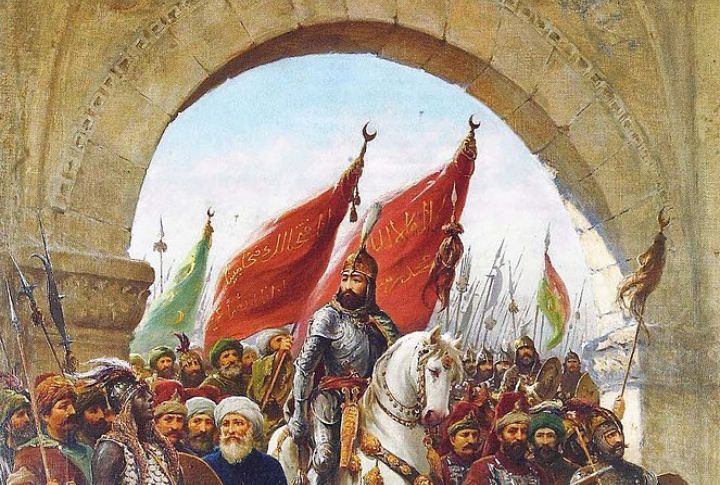
For over six centuries, Ottoman authority dominated three continents, linking Southeast Europe with Western Asia and North Africa. Istanbul stood as the empire’s central hub. In fact, their still-standing structures like the Blue Mosque do something remarkable—they turn dusty history lessons into something you can actually touch, see, and feel.
United States Of America

Westward expansion transformed America from Atlantic settlements into a transcontinental nation through warfare and billion-dollar land deals. Defeating Spain in 1898 brought the Pacific and Caribbean territories under American control. Yet perhaps its boldest conquest wasn’t earthly at all since American astronauts remain the only humans to have explored the Moon’s surface.
Mongol Empire
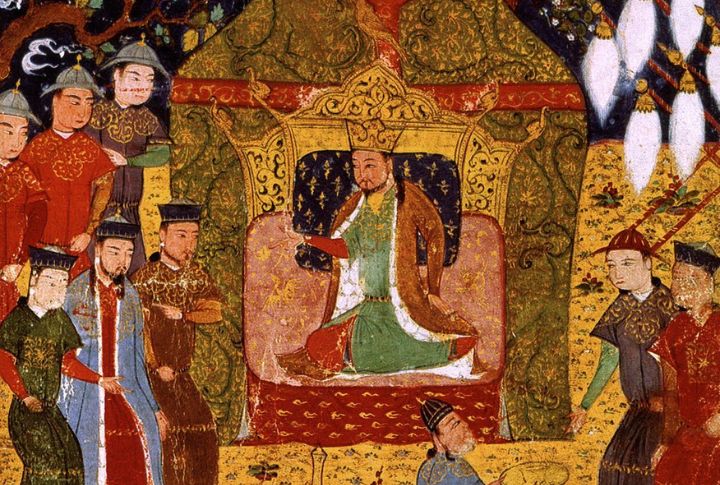
Genghis Khan’s 13th-century empire spanned across Eurasia and became the largest contiguous landmass ever ruled by a single authority. Advanced communication networks linked distant provinces through strategically positioned relay stations. Rather than imposing a single belief system, Mongol rulers protected religious freedom equally—smart politics disguised as generosity.

